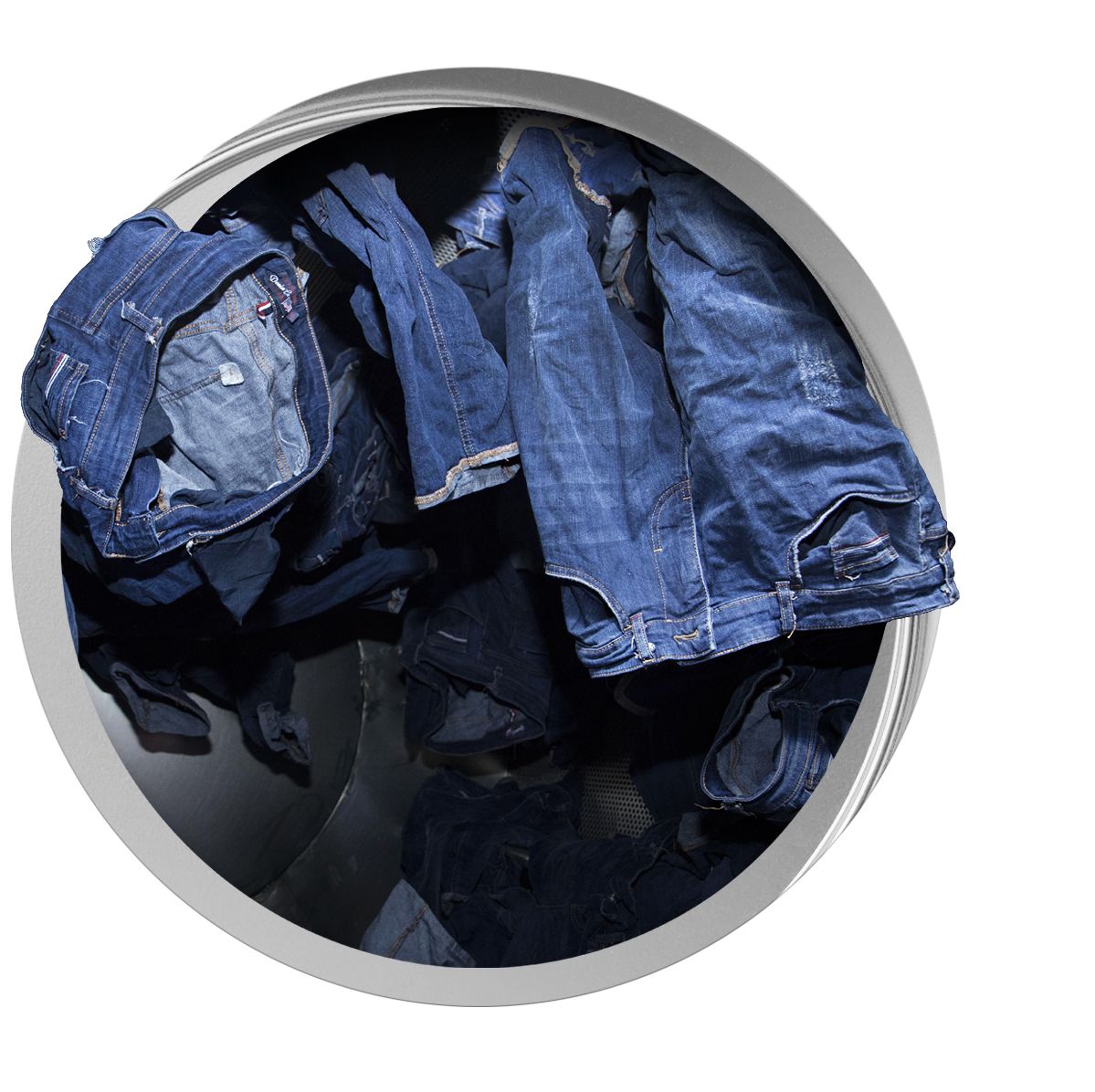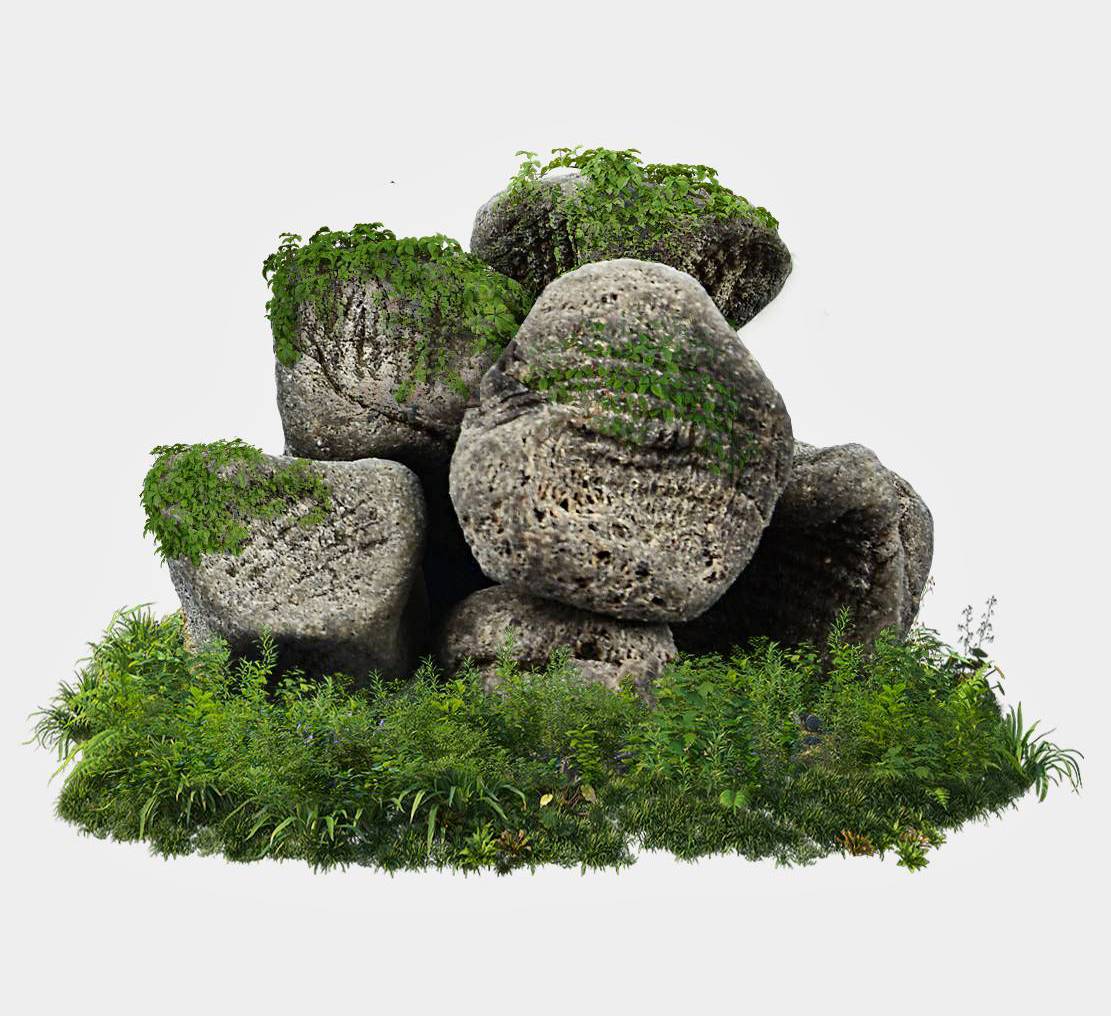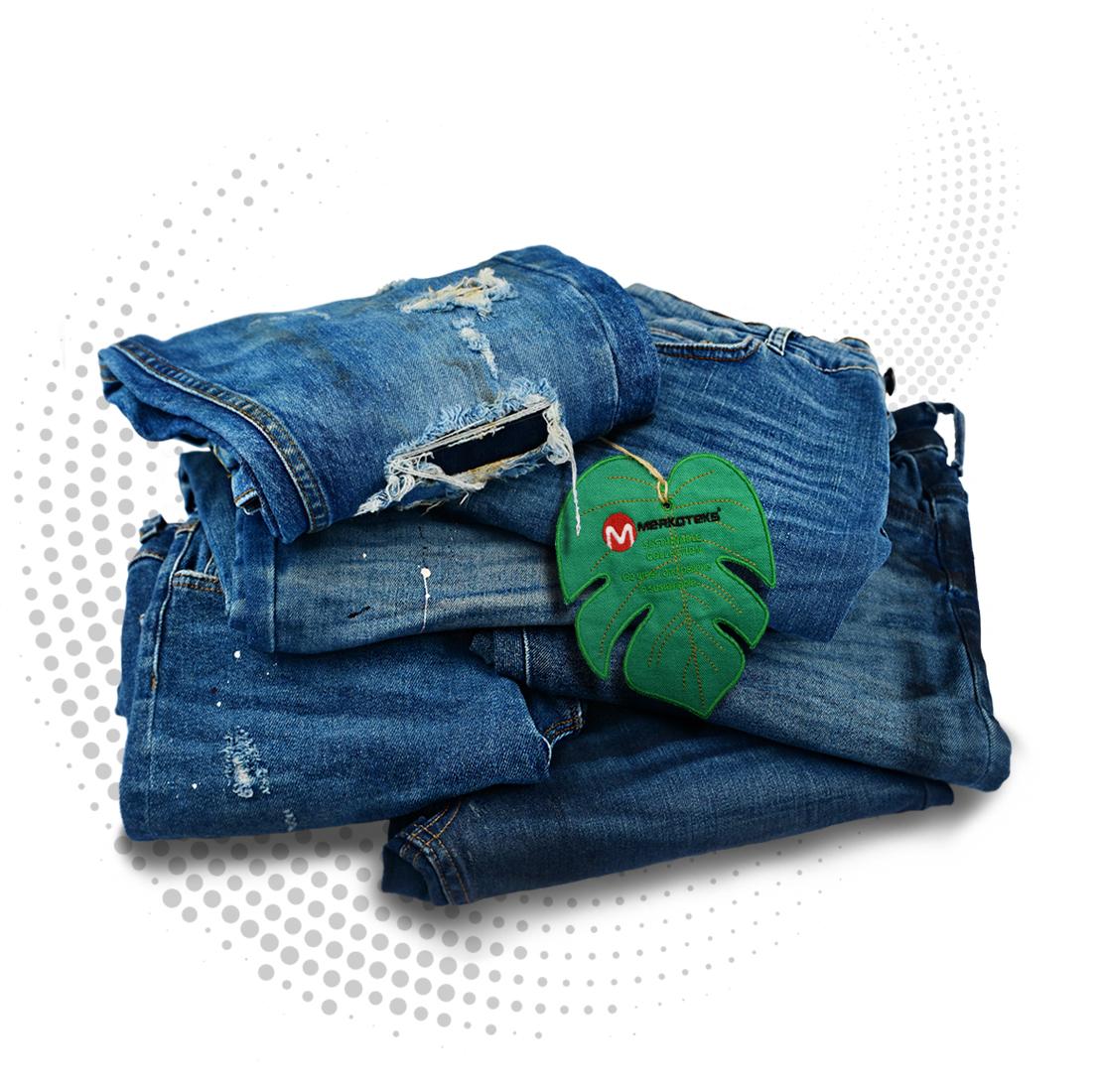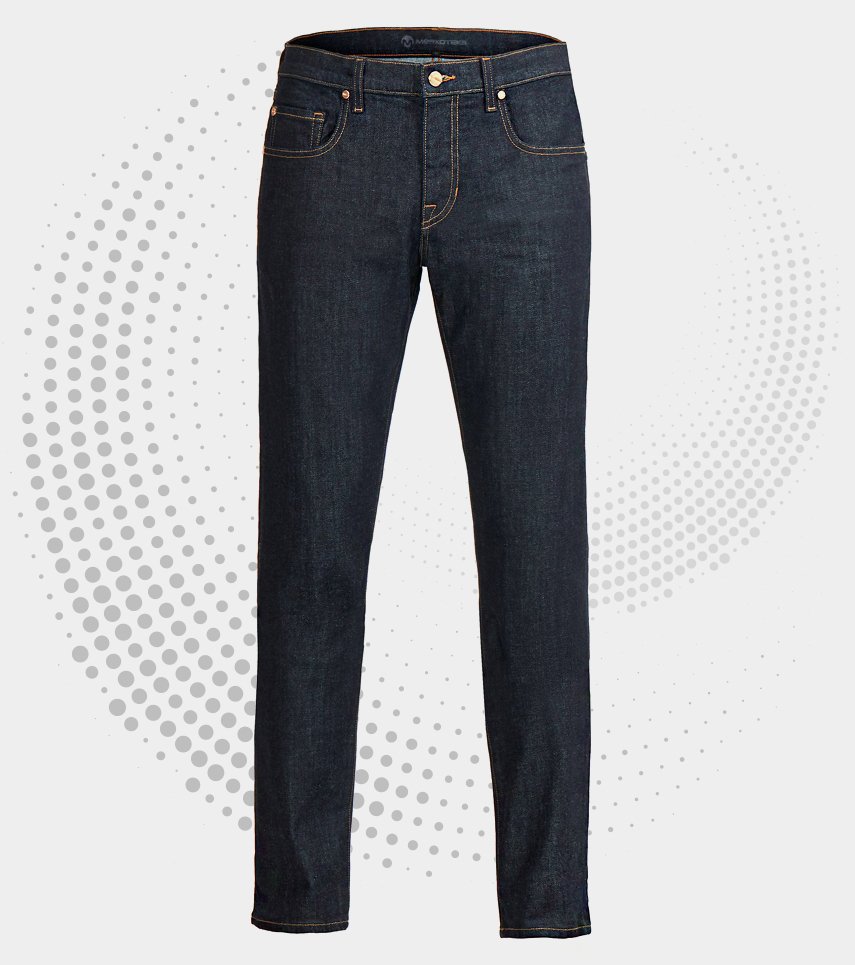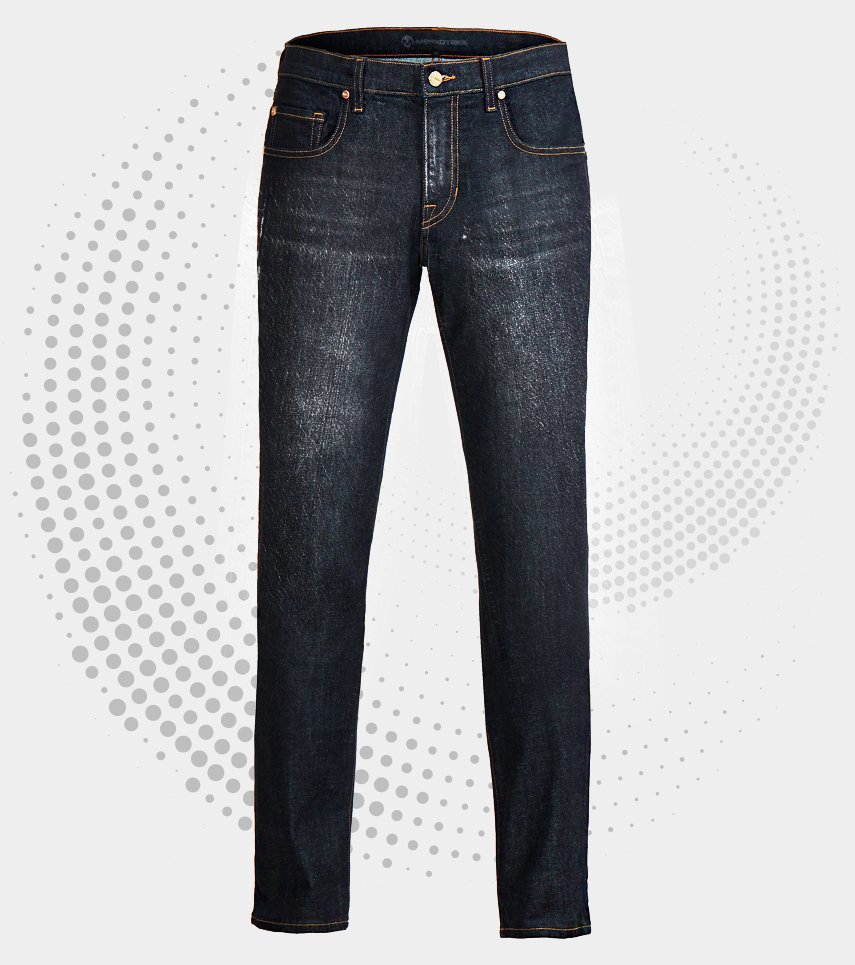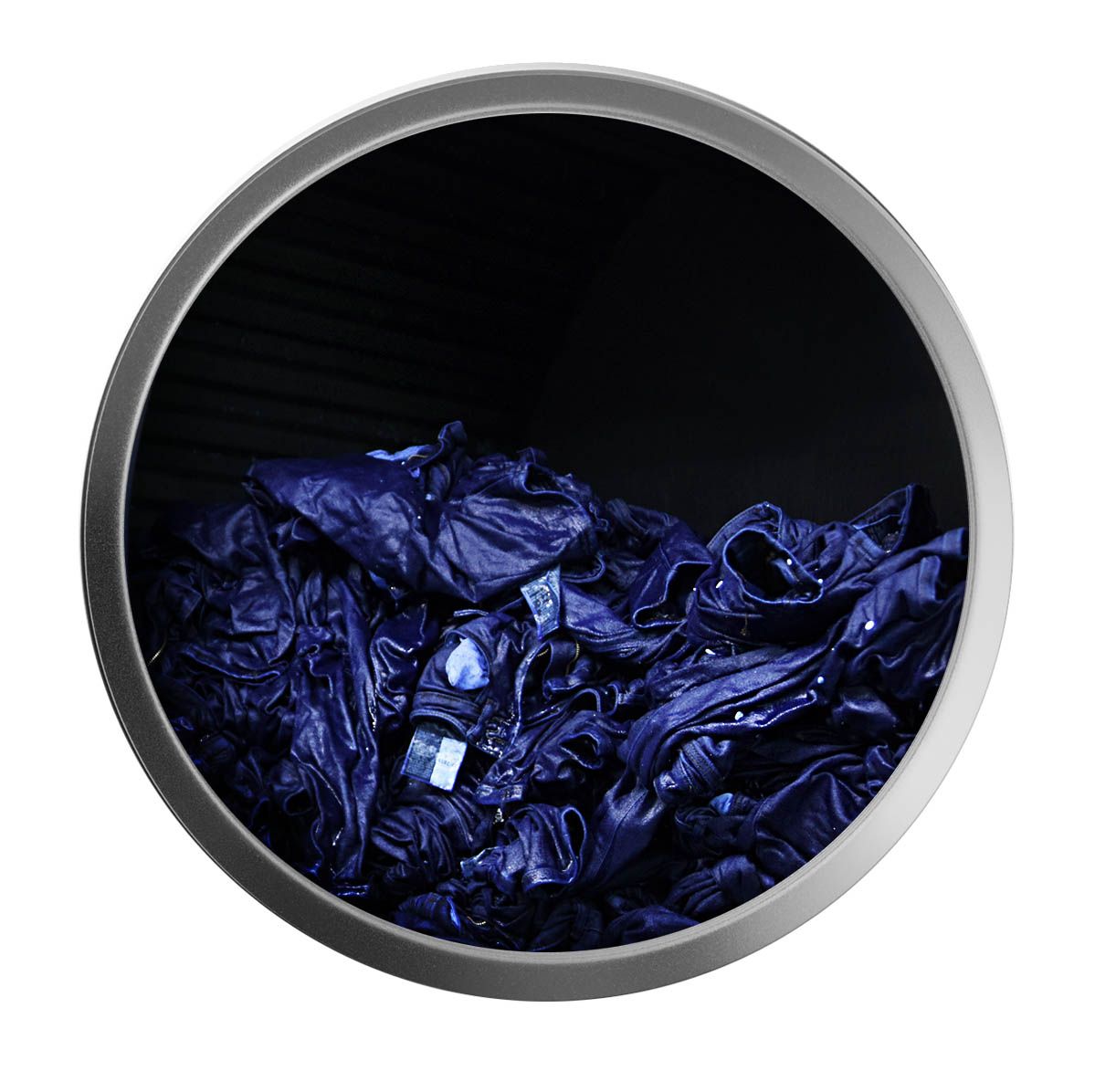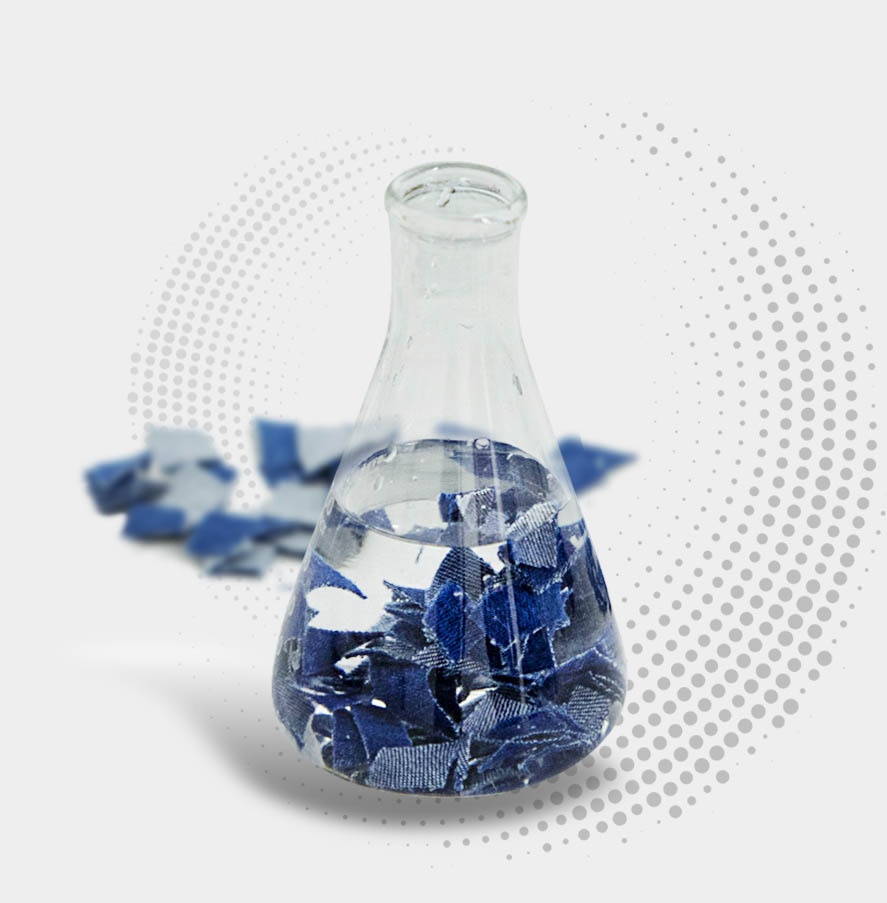SPECIAL TREATMENTS &LAUNDRY
Our laundry is specialized in working out fashion solutions for denim. The washing processes are carried out with modern and environmentally friendly technologies to achieve high-quality results while working as sustainably as possible. Our customers can choose from a wide range of treatments, such as laser and ozone bleaching, as well as eco-stone and enzyme washes.
Approximately 4000 liters of water is consumed with standard techniques for one denim trousers. The chemicals used in these washings cause permanent damage to the environment. Merkoteks is changing this situation with the new technologies it uses. With the new washing technologies we use in production, we have reduced our carbon footprint by using 70% less water, 50% less chemicals and 79% less energy.
As Merkotes, we work to reduce our carbon footprint in nature.Sustainability discourse has now become mandatory for every sector. Sustainable production is becoming a way of life, not a trend. The world is changing. Due to the global pandemic, manufacturers and leading brands are trying to adapt themselves to produce more sustainably.


